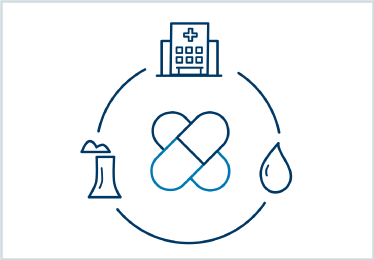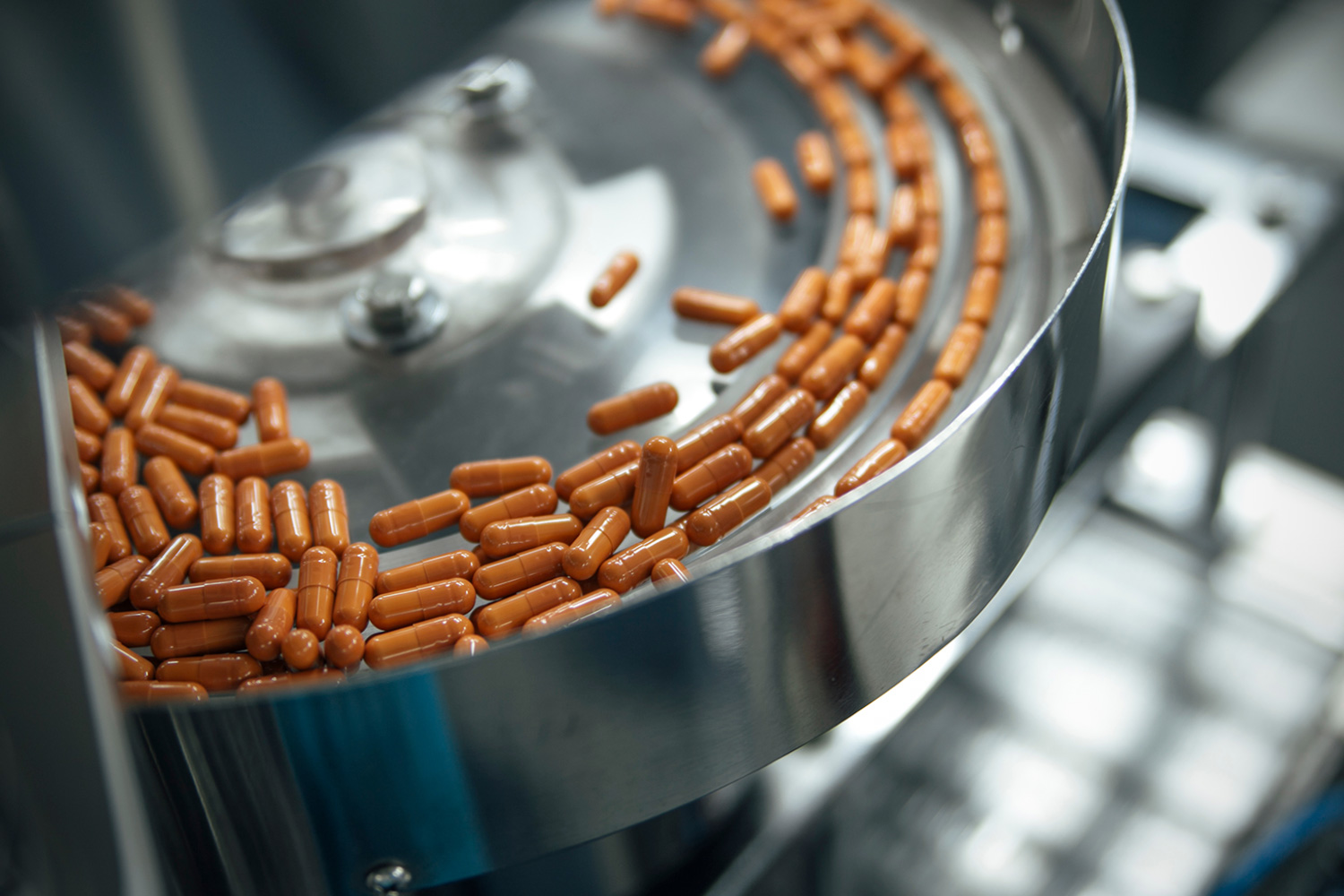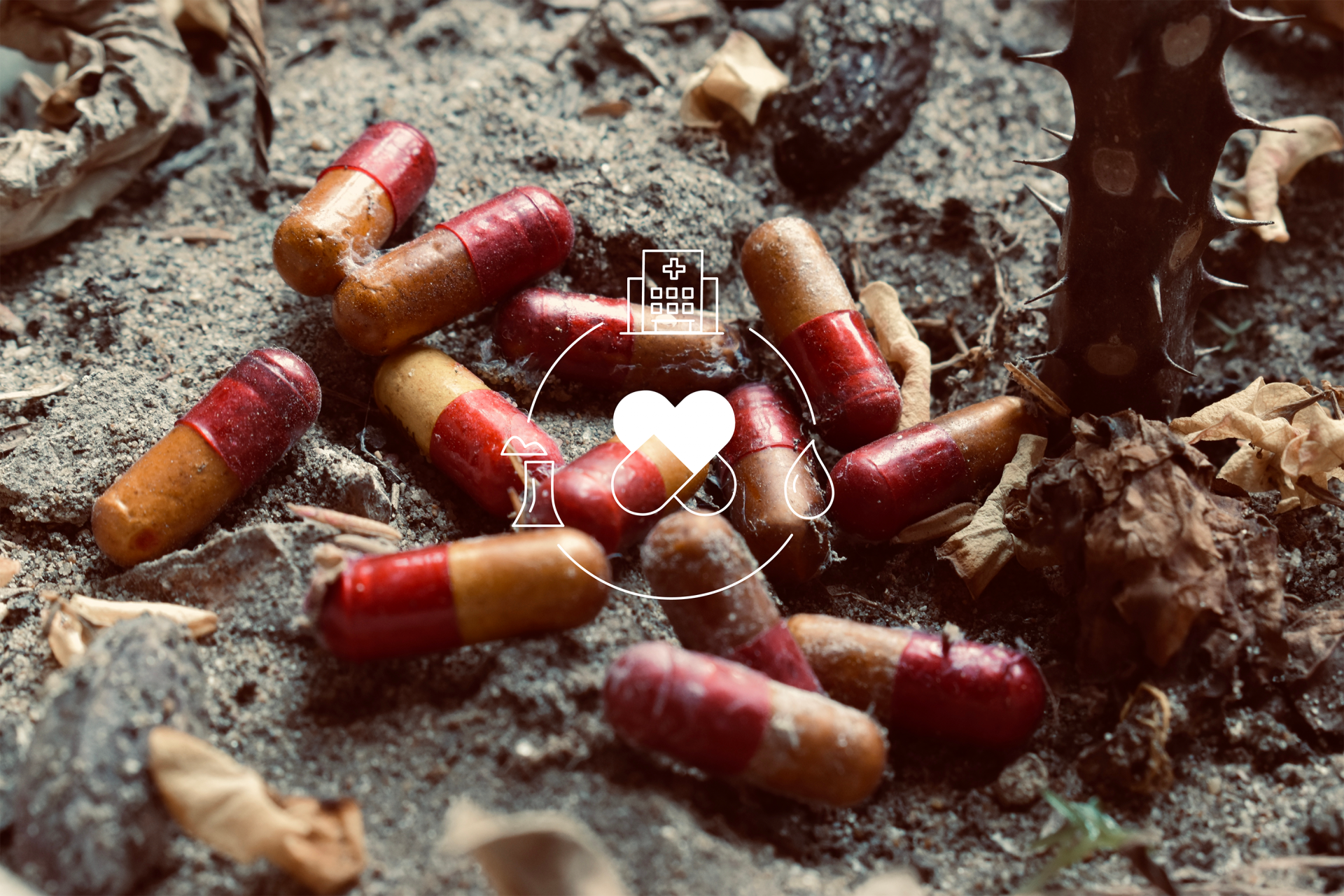6 reasons the world needs more responsibly manufactured antibiotics

Responsibly manufactured antibiotics?
Is the problem too small or less understood? Download the illustrated graphic of why the world needs more responsibly manufactured antibiotics and share within your networks.
Get the graphic (pdf)“The fight against antimicrobial resistance starts at pharmaceutical industries.”
The 2% problem
One may argue that 98% of pharmaceuticals present in water sources can be attributed to misuse and overuse of medicines. And only 2% comes from manufacturing. Then why focus on manufacturing?
The 2% is easily avoidable. “The fight against antimicrobial resistance starts at pharmaceutical industries,” says Suman Sharma of Centrient Pharmaceuticals. High concentrations of antibiotic residues in factory wastewater can lead to hotspots of resistant bacteria.
While the presence of such high concentration is restricted to certain parts of the world like Asia, Africa and Latin America, the “chances of the superbugs traveling is really high”. Iris Panorel of SIWI says that with our hyperconnected global economies, people fly in and out across the world, becoming potential carriers of these bugs and increasing the risk of new infections.
Therefore, it is really important to focus on tackling the problem at the root while we can.
Who is responsible, anyway?
The need for responsibly manufactured antibiotics is a two-way street. Demand drives how companies choose to manufacture. If governments standardise the practice of safe environmental disposal, companies will adhere, thus driving the cycle of demand for improved practices across the supply chain of antibiotics. But how can we ensure that all parties understand what is needed? Are there even standard practices to follow?
For example, global authorities like the Food and Drug Administration and the European Medicines Agency strictly regulate drug supply chains in terms of drug safety – but environmental standards are not addressed in their rules. Drug producers must adhere to Good Manufacturing Practices guidelines – but those guidelines do not cover pollution.
The Responsible Antibiotics Manufacturing Platform is breaking the stalemate by creating a shared understanding among all stakeholders. It is paving the way for industry to lead responsibly manufactured antibiotics.
The question is, will those few who join lose out? Or is it only a few big players who can afford to change practices? With changing global standards, regulations and customer purchasing requirements, pharma players have a chance to “get ahead of the curve”. Brandan Shaw of Shawview Consulting says that the market is reaching a tipping point where policies will demand accounting for environmental and societal health.
Join the Platform
Pioneers in the antibiotics industry and stakeholders across the supply chain including buyers, industry, governments and international agencies who are committed to reducing emissions linked to antibiotics manufacturing, are all invited to join the Responsible Antibiotics Manufacturing Platform.
Learn more










